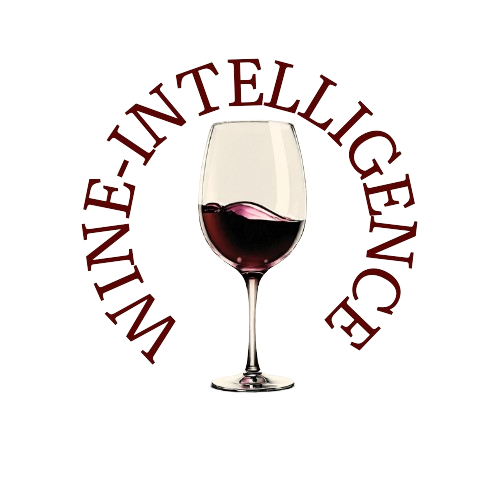Italy continues to stand at the forefront of the global wine industry, balancing centuries-old traditions with modern challenges.
According to new data from the Rome Business School Research Center, 2024 closed with historic results for exports, but also revealed structural pressures and emerging threats that will shape the sector’s future.
Record-Breaking Exports and Production Recovery
Italian wine exports in 2024 reached an impressive 21.7 million hectoliters, valued at EUR 8.136 billion, marking a 5.5% increase compared to the previous year. This performance secures Italy’s position as the world’s top exporter by volume and second only to France in terms of value.
Domestic production also recovered after a difficult 2023, reaching 48 million hectoliters—a 13% increase year-on-year, and in line with the decade’s average. Meanwhile, domestic consumption remained steady at around 22 million hectoliters, translating to an annual average of 37.8 liters per person.
Yet, beneath the stability lie shifting consumer habits: only 29% of Italians over the age of 11 drink wine daily, and preferences are moving away from traditional reds toward whites, rosés, and sparkling wines.
Organic Growth and Sustainability
Italy now leads Europe in organic viticulture, with 133,000 hectares certified organic, representing 23% of its national vineyard area. Regions like Tuscany (40%) and Sicily (36%) stand out in this transformation.
The shift is driven both by market demand for sustainability and the urgent need to adapt to climate change, which has brought earlier harvests, reduced yields, and increased water stress. Wineries are investing in resilient grape varieties, low-impact agricultural practices, and green certifications, positioning Italian wine at the forefront of sustainability.
Wine Tourism: A Booming Sector
Wine tourism continues its upward trajectory, generating nearly EUR 3 billion in 2024 and attracting 15 million visitors—an 11% increase from 2023, according to ISMEA. Tourists drawn by vineyards spend 35% more than conventional visitors, seeking immersive experiences that blend tastings, gastronomy, and culture.
While traditional strongholds like Chianti and Langhe remain iconic, new destinations such as Badesi in Sardinia are gaining traction, diversifying Italy’s enotourism offering.
The U.S. Tariff Threat and Market Diversification
A major challenge looms with the 15% tariffs imposed by the United States on European wines and spirits starting in August. The U.S. is Italy’s largest export market, worth nearly EUR 2 billion and growing by 10.2% year-on-year. The tariffs could cost Italian wineries over EUR 300 million annually, with Prosecco, Pinot Grigio, and Tuscan reds most exposed.
In response, Italian producers are pivoting toward alternative markets. Growth has been strong in Canada (+15.3%), Russia (+40%), and Latin America, while Asia and e-commerce are becoming crucial frontiers. According to Wine Intelligence, the global online wine market could reach USD 6.7 billion in 2025, offering Italian wineries new digital opportunities.
Innovation and Digitalization
To counter rising costs and market uncertainty, wineries are investing in lighter packaging, flexible logistics contracts, and digital tools. Automation and AI are being applied in sales management, customer targeting, and marketing campaigns, signaling a broader modernization of the industry.
Meanwhile, low-alcohol and alcohol-free wines—though still representing just 0.7% of the domestic market—are experiencing positive growth, in line with global wellness trends.
Prestige and Recognition
The added value of Italian wine is reinforced by its strong system of protected designations (DOP), which represented 68% of export value in 2024. Sparkling wines contributed 29%, with Prosecco DOC alone accounting for nearly 25% of national DOP production and seeing 17% growth in the U.S. despite trade concerns.
International recognition continues to cement Italy’s reputation: at the Decanter World Wine Awards, Italian wines won 138 medals, including six Best in Show awards.
Looking Ahead: Tradition Meets Innovation
According to Valerio Mancini, director of the Rome Business School Research Center:
“The future of Italian wine will depend on its ability to innovate without losing its traditional identity. Consolidating historical markets and promoting new destinations will be key, alongside sustainability and digitalization.”
As Italy faces the dual challenges of climate change and trade barriers, its strength lies in heritage, adaptability, and global appeal. The story of Italian wine in 2024 is one of resilience, proving that this cornerstone of Italian culture is not just surviving, but evolving to thrive in a changing world.
Source: Vinetur

